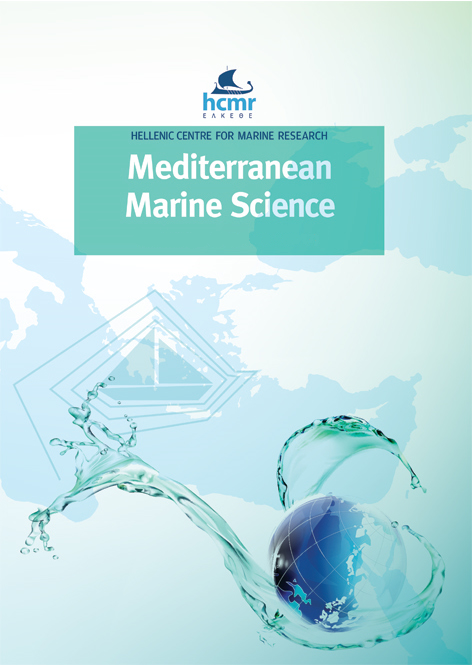Relationship between marine epilithic diatoms and environmental variables in oligotrophic bay, NE Mediterranean

Abstract
The taxonomic composition and structure of a marine epilithic diatom community were sampled from the bottom of the two sites at monthly intervals from January to December 2011 in the small semi-enclosed oligotrophic Neum Bay in Bosnia and Herzegovina (Middle Adriatic). Altogether, 264 diatom taxa (species and infraspecific taxa) within 69 genera were identified. Among them, 149 and 203 taxa occurred in samples from the shallow (0.5 m depth) and deep (8 m depth) sites, respectively. The monthly distribution of most of the diatoms was irregular and high numbers of sporadic taxa were found. SIMPER analysis indicated that the difference between shallow and deep sites could be largely attributed to the frequently recorded diatom taxa and those with high percentage abundances. They were Halamphora coffeiformis, Caloneis excentrica, Cocconeis scutellum var. scutellum, Licmophora flabellata, Licmophora gracilis, Licmophora sp., Navicula abunda, Rhabdonema adriaticum, and Striatella unipunctata. Canonical Correspondence Analysis (CCA) showed that temperature, oxygen saturation (O2/O2′), silicate concentration (SiO4), and salinity were the most important factors influencing diatom community structure in the bay.
Article Details
- How to Cite
-
HAFNER, D., CAR, A., JASPRICA, N., KAPETANOVIĆ, T., & DUPČIĆ RADIĆ, I. (2018). Relationship between marine epilithic diatoms and environmental variables in oligotrophic bay, NE Mediterranean. Mediterranean Marine Science, 19(2), 223–239. https://doi.org/10.12681/mms.14151
- Issue
- Vol. 19 No. 2 (2018)
- Section
- Research Article
Authors who publish with this journal agree to the following terms:
- Authors retain copyright and grant the journal right of first publication with the work simultaneously licensed under a Creative Commons Attribution Non-Commercial License that allows others to share the work with an acknowledgement of the work's authorship and initial publication in this journal.
- Authors are able to enter into separate, additional contractual arrangements for the non-exclusive distribution of the journal's published version of the work (e.g. post it to an institutional repository or publish it in a book), with an acknowledgement of its initial publication in this journal.
- Authors are permitted and encouraged to post their work online (preferably in institutional repositories or on their website) prior to and during the submission process, as it can lead to productive exchanges, as well as earlier and greater citation of published work (See The Effect of Open Access).





